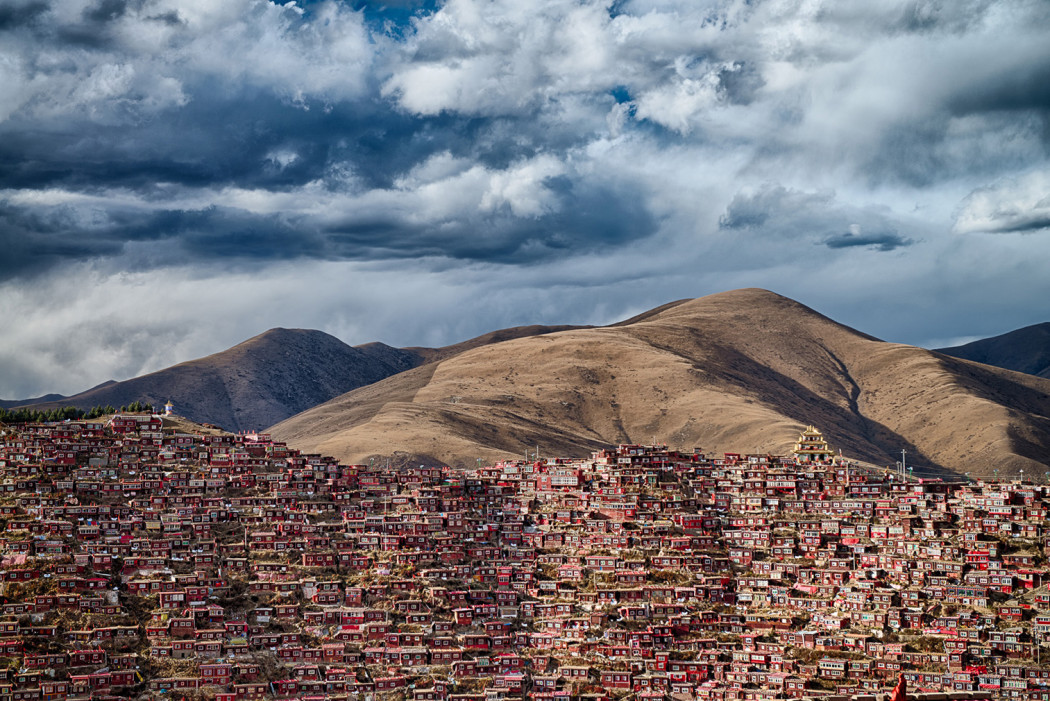
Home of 40 thousand Buddhist monks in Sichuan province
Credit: Attila Balogh, Hungary, Shortlist, Open Architecture, 2016 Sony World Photography Awards
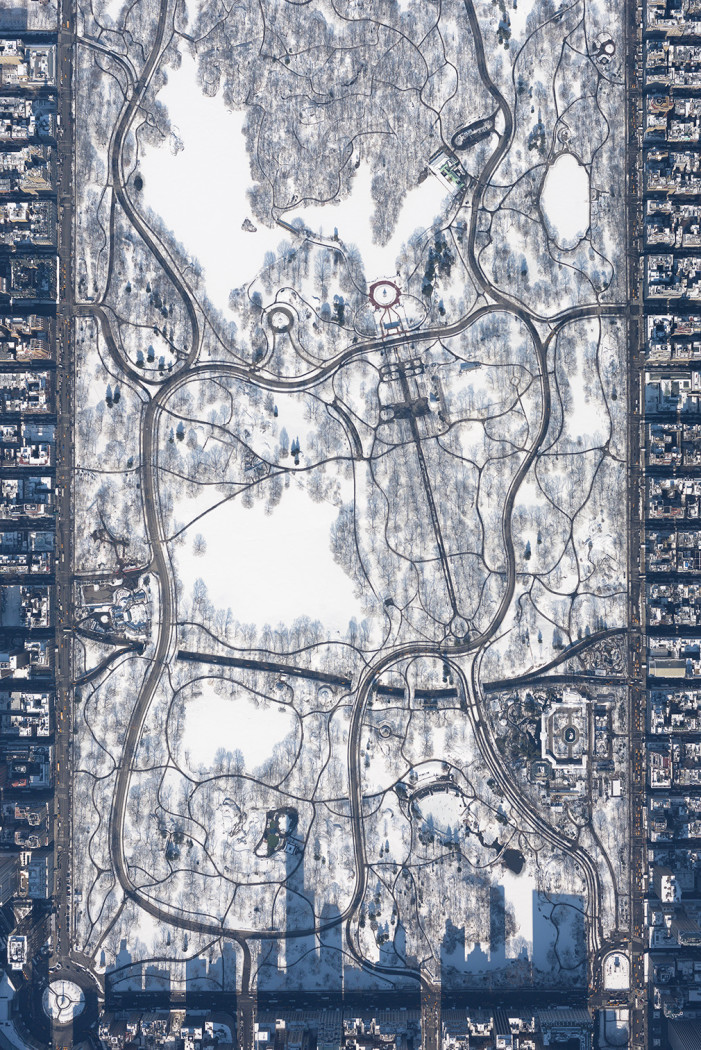
Central Park in March 2015
Credit: Filip Wolak, Poland, Shortlist, Open Architecture, 2016 Sony World Photography Awards

‘Lines’
© Javad Rooein, Iran, Shortlist, Open competition, Architecture, 2016 Sony World Photography Awards
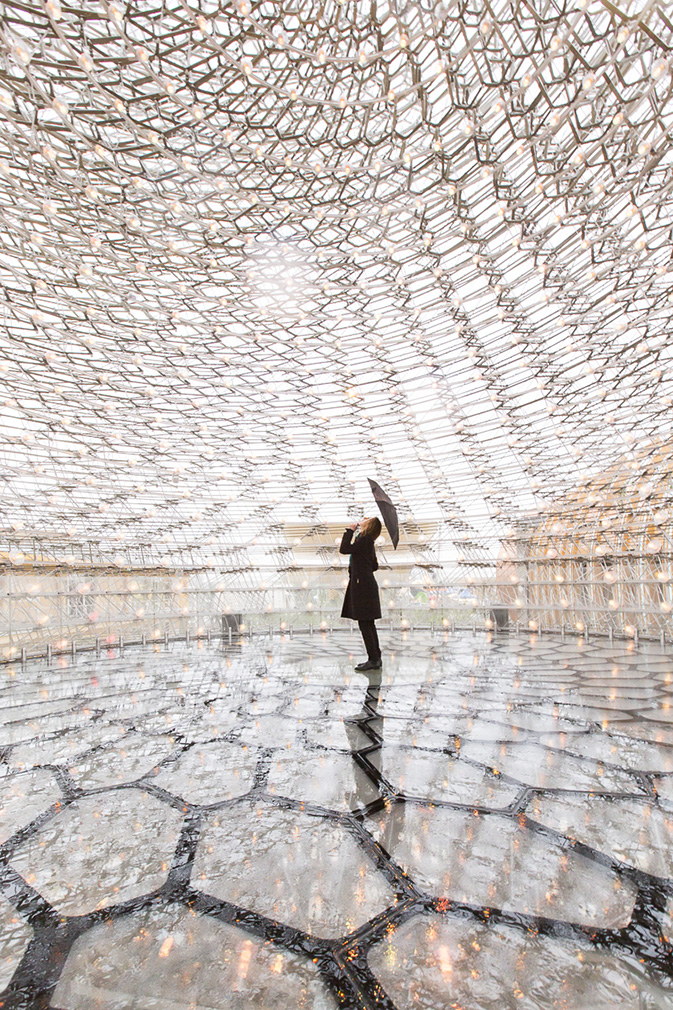
The UK’s beehive-inspired pavilion at the Milan Expo
© Laurian Ghinitoiu, Romania, Shortlist, Open competition, Architecture, 2016 Sony World Photography Awards
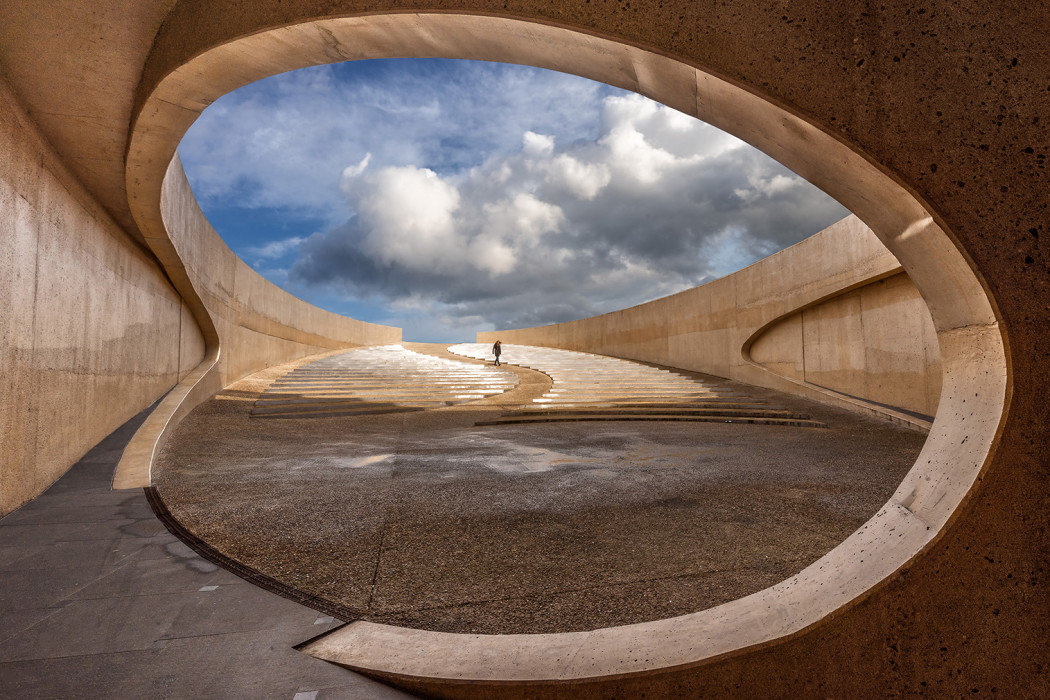
Taken under a bridge in Belgium in April 2015 with Sony A7II; Zeiss 16-35
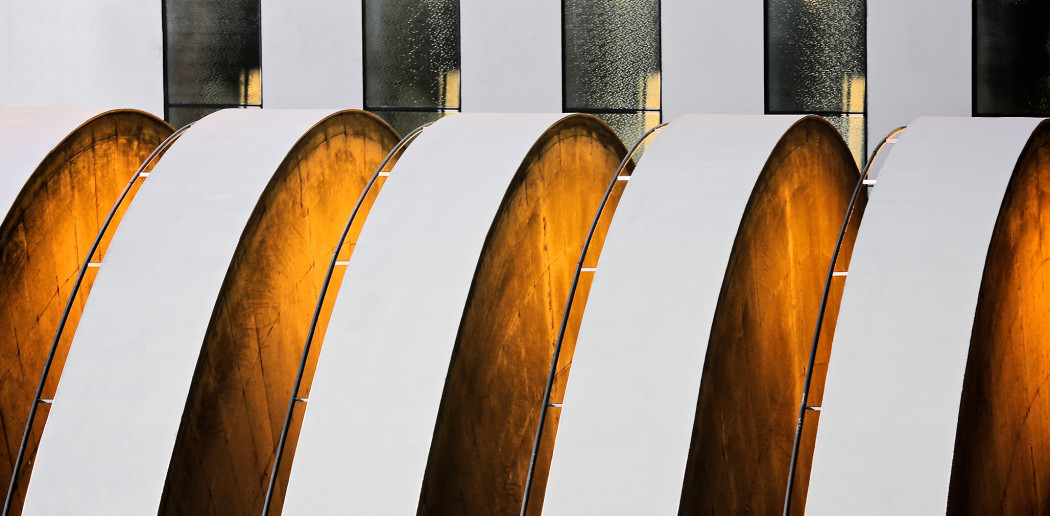
Abstraction of a multi-storey parking garage, Amsterdam
Credit: Max van Son, Netherlands, Shortlist, Open Architecture, 2016 Sony World Photography Awards

Found this interesting view of a water tower in Uppsala, Sweden.
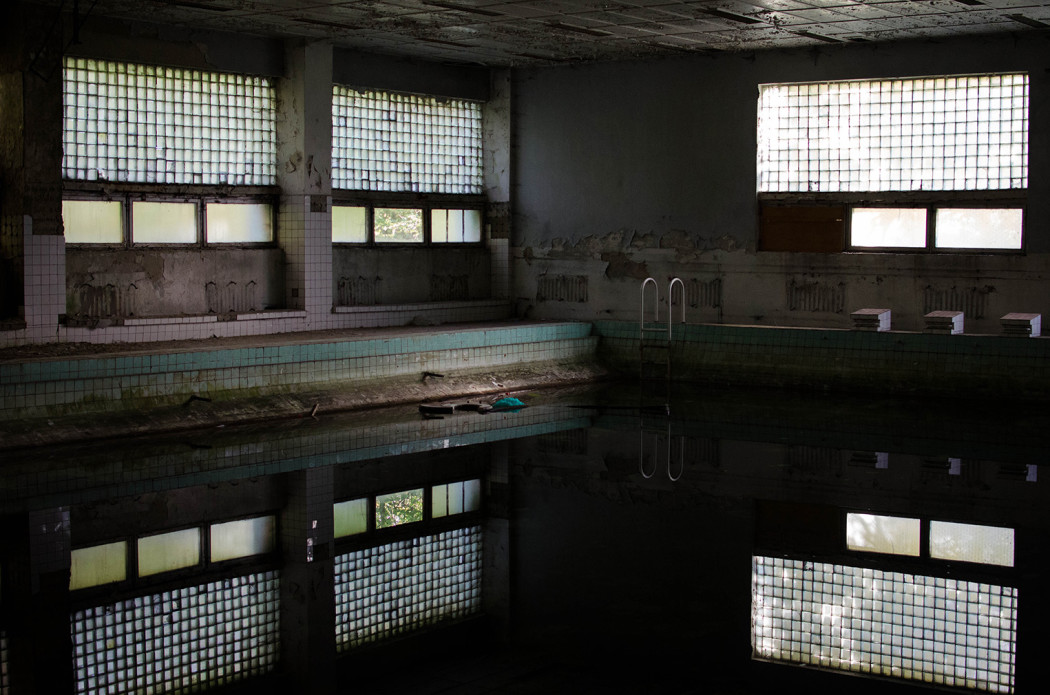
pool in abbandoned soviet hospital in Legnica, Poland
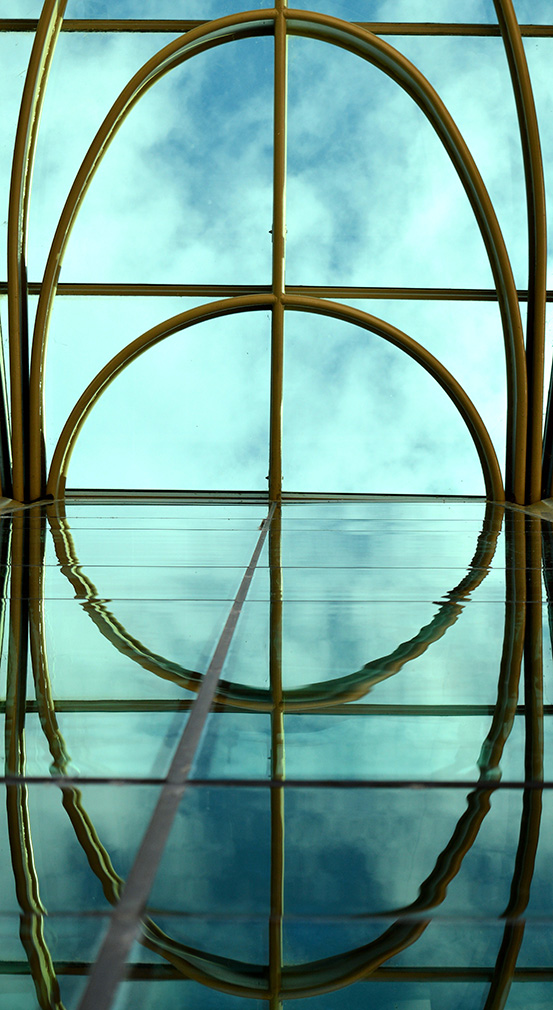
‘Frame on sky’
© Zoltan Kasza, Hungary, Shortlist, Open competition, Architecture, 2016 Sony World Photography Awards

Amelie Labourdette interrogates which is in the landscape is a priori invisible. There is always a blurred zone of concern and a landscape located below the visible landscape, another landscape that is not given at first gaze. This series of photographs, Empire of dust has been realized in south Italy, in the regions of Sicily, Calabria, Basilicata and Puglia, where financial crises and embezzlement have made of the incompleteness, an architectural aesthetics. Through this series, she tries jointly through an “archeology of the present” to reflect the contemporary history by the yardstick of these unfinished architectures, while invoking the viewer’s imagination so that there unfolds “a variant of the worldâ€. On each photographs, emanates a disquieting strangeness: unfinished villa, ghost dam or building left as skeleton, all architectures reflect a real estate disaster. Their concrete body, naked and disarmed, accuse also a premature aging, cracks overgrown by vegetation or first signs of crumbling: the ruin threatens, especially palpable, that Amelie Labourdette capture these works in a lush greenery seizing of vitality , coniferous forest erected on a mountainside, palm trees and passion fruits, tall fennels with yellow flowers. In the manner of ancient ruins, these human constructions which seem to getting back to nature, to be reabsorbed by the environment they emerged one day. Concrete skeletons of major projects remained pending, of unfinished buildings, recurring patterns of our time affected by socio-economic upheavals, become also, because of their incompleteness, interstitial spaces of indeterminacy, conducive to a photographic quest, exploring the possibilities of a singular reinvestment of the world: they are proving to be, spaces and indefinite forms that have, due to their incompleteness, a «becoming-other» that the design of the initial project had dedicated them. These indefinite forms, between upcoming ruins and potential scu
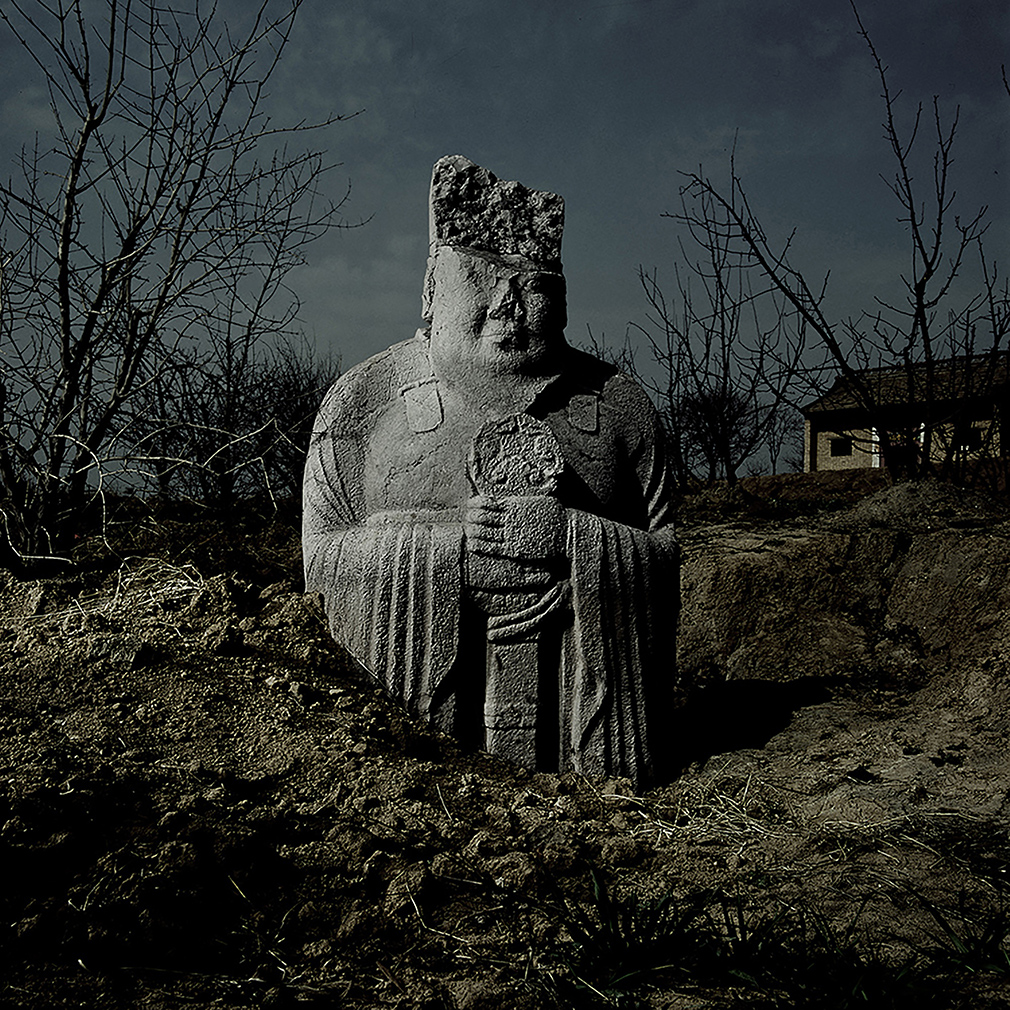
Zhang hui originally stood in the road on both sides of the ancient imperial tomb statue. The statue of residual as early as the 5th century, still exist in central China around its ancient capital chang ‘an (now xi ‘Ian), was once the world’s most populous city. In great plains near xian in shaanxi province and Shaoling, there are eighteen in the tang dynasty, 13 Ming dynasty emperor’s tomb. The tomb is usually have a “holy” or “god” royal dead souls go to grave. Road on both sides is usually a stone statue, it is an important symbolic tomb guardians. These statues are usually made of twelve characters (including the general and court officials) and animals, including: lions, camels, elephants, turtle, horse and xiezhi, kirin dragon and phoenix. The last four are mythical animals. Tang, Ming dynasties are usually regarded as great era in Chinese history. It’s a conquest and lucrative trade along the silk route. This is a great art career. The statue of this time is a valuable historical relics. Unfortunately, many statues are destroyed. The original building has lost a few hundred years ago but large stone statue is in good condition, until recently. Recently some damaged during the cultural revolution, land development brought a big loss. Zhang hui’s aim is to reveal the essence of these ancient dynasty by creating the image of the statue. The statue was found in the countryside, sometimes in the field and partially buried and damage. He wants to focus on cultural heritage ignore these objects. Create images in this series, zhang hui, the dark under the background of the sculpture in the form of scenery. Form is light weathering on the surface of the texture of the sculpture and create a dramatic Settings. Time and elements of the statues and simplify the function in some of the most basic shapes. Some people are missing, or weapons, but they are silent sentry from another era. There is a kind of nostalgia and longing for the past. The statue of zhang hui’s intent
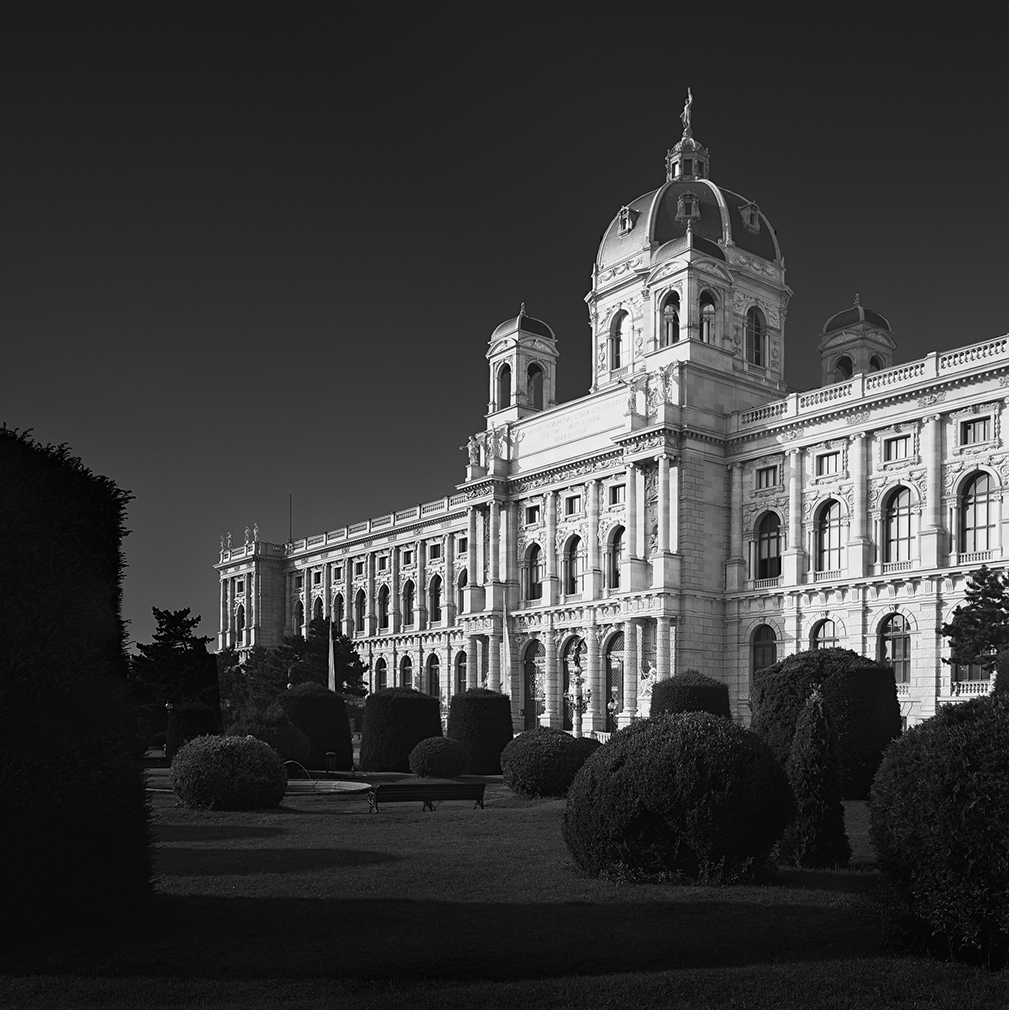
The title of this series is originated from a quote of the Swiss-French architect, designer and urban planner Le Corbusier: “Architecture is the learned game, correct and magnificent, of forms assembled in the light.” A series of longtime exposed photographs of famous, historical buildings in Vienna/Austria. Gloriette SchÃnbrunn, Austrian Parliament, Kunsthistorisches Museum, Burgtheater and The Dr. Karl Lueger-Gedahtniskirche.
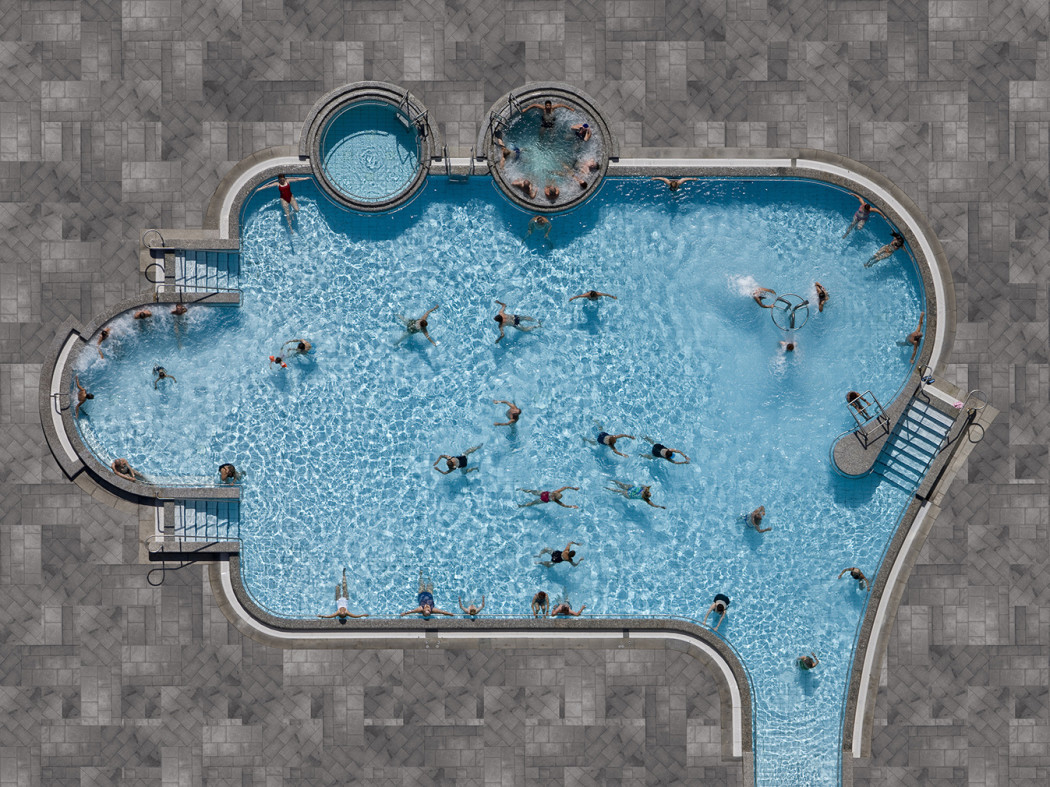
The Pools series is a study of water, one of the most precious resources for life on our planet. The artistic approach of photographer Stephan Zirwes is to show how the important resource is in contrast between being the consummate location for entertainment and the incredible waste of drinking water “not only for being used in private pools but also the trend to privatise what is a public asset and use it for commercial reasons. Public pools can still be a symbol for the importance that water should be free accessible to everyone. The clean formal language and the simple design of the pictures focus our interest on this newsworthy issue with elegance and almost playful. A deep dive into the blue as Zirwes copied parts of the original pool tiles and enlarged them in a simple, visible way to create a kind of mount in patterns.
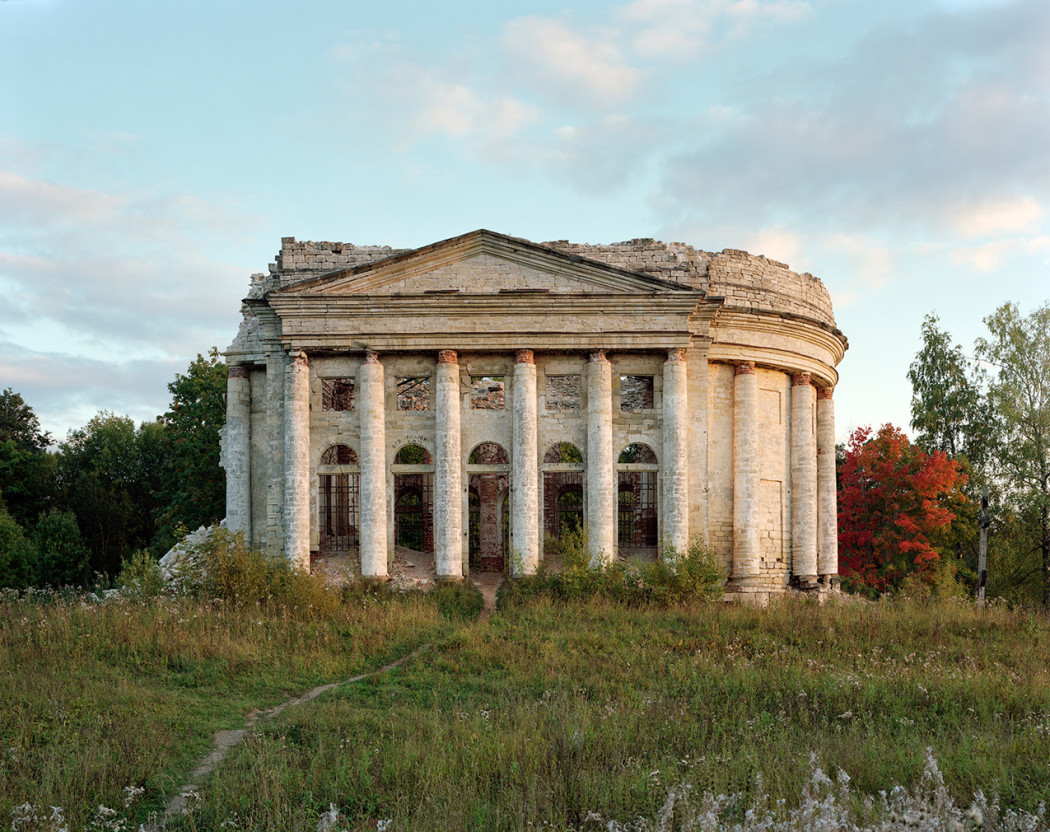
The series reflects on the role and place of the ruined church in contemporary Russian landscape, and on how it relates to the perception of time and history in present-day Russia.
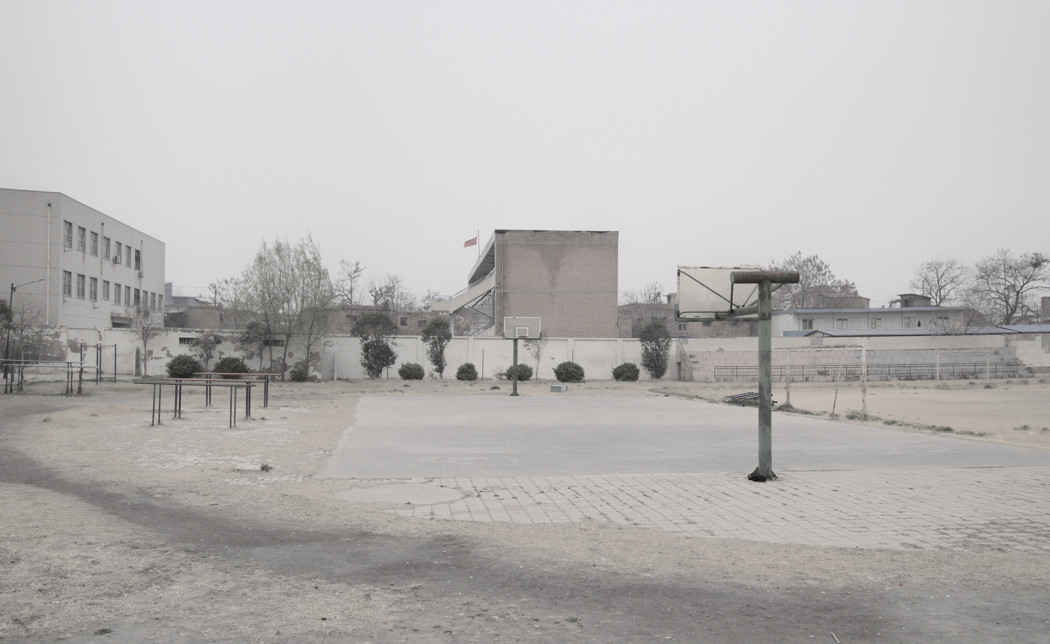
An exploration of architectural development on the outskirts of China’s cities.
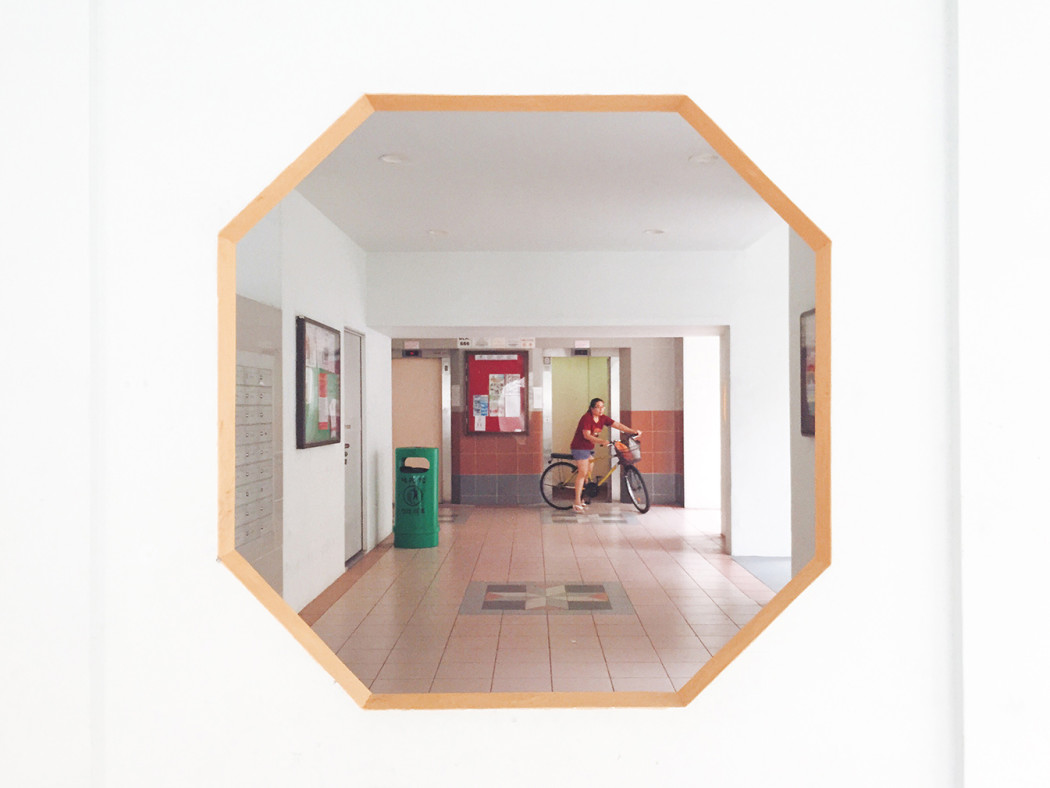
Singapore is known for quality public housing where more than 80% of Singaporeans stay in Housing Development Board (HDB) flats. What is lesser known are the architectural wall features at the void decks of HDB flats. This “hole-in-the-wall” feature comes in various shapes and bright pops of colours which jazzes up the void decks, common spaces for Singaporeans to gather. While they are more commonly found in older flats, these holes are recognisable by Singaporeans as part of Singapore landscape and heritage. This series aims to compile these aholes that are found in what Singaporeans would colloquially describe as, “your house downstairs”.
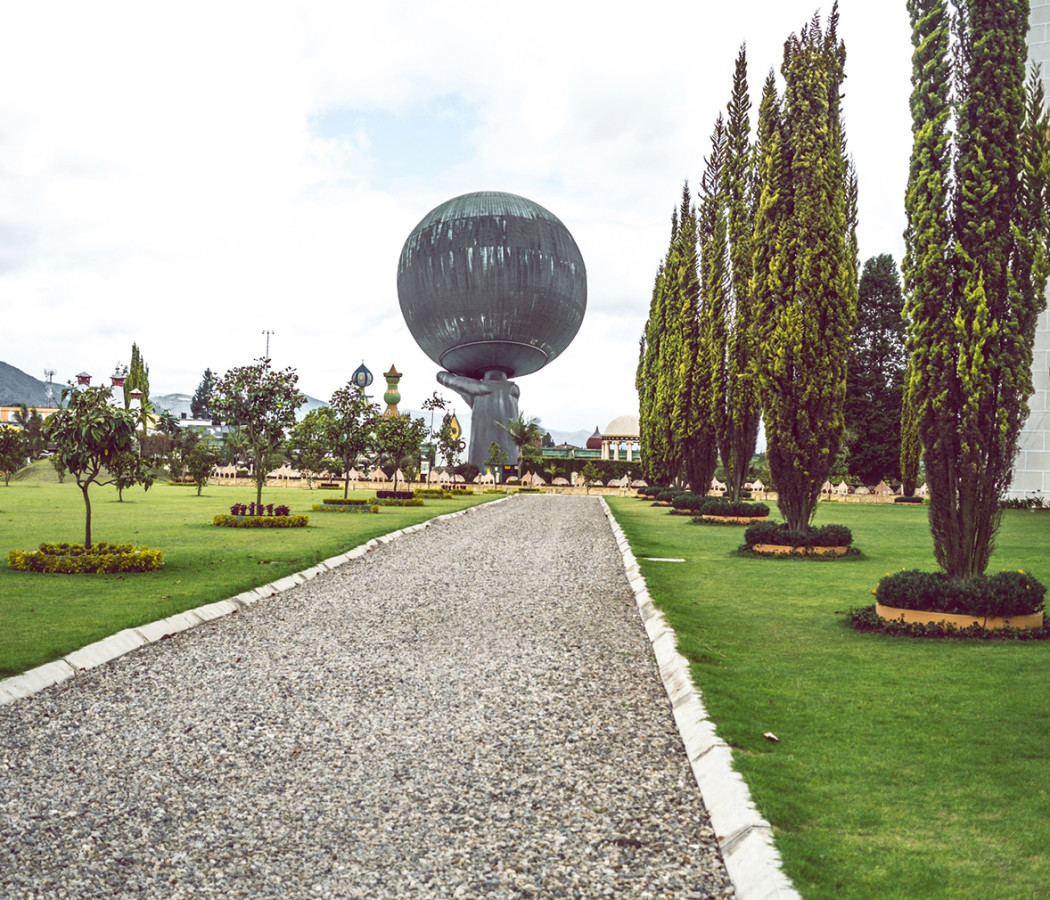
The Jaime Duque park opened to the public on February 27 to 1983. Located in the town of Tocancipá at kilometer 34 of the North Highway, 30 minutes from the capitol of colombia. The park is the realization of a dream of Jaime Duque -constructor and founder of civil aviation- who wanted to let the Colombians an important cultural and recreational center, which in turn would generate resources to support the disadvantaged of society. It was built after he mysteriously became a man with a large amount of money and who lived until his death on the park. Far from the formal purity of the original styles, these buildings and “monumentsâ€, erected between the 1980 and 1990s, show an adulterated civic variation born under the aegis of the golden decade of drug trafficking in Colombia- that upsets the tradition of their architecture and enthralled followers attracted by theh symbol of a new social power. In the bizarre and elaborate creations of Parque Duque, resulting from the most intricate military megalomania -exemplified in the live size replica of a half-breed Taj Majal- as well as in the opulent residential buildings. Swiss pine trees, medieval fortresses, classical Roman architecture, the US Capitol building and Doric columns cohabit in an implicit mannerism, in which a now picturesque lyricism dominates and expresses itself in a new visual tropicalia. Even thought the intention of the park was to bring the 5 continents to Colombia when you visit the park you find a place without identity, its oddness and extravaganza makes it original, not felling in India or Colombia, just felling the sense of not belong to anywhere.
Shots of ruinous Russian churches and a Chinese village for monks are among the shortlist in the architecture category for the 2016 Sony World Photography Awards.
Eight photographers from around the world have made the final selection in the professional competition, ranging from Jonathan Tan’s photos of a Singaporean public housing project to Stephan Zirwes’ aerial photography of swimming pools.
Meanwhile, in the awards’ open competition, nine photographs made the architecture shortlist, including Attila Balogh’s image of a village in China’s Sichuan province that’s home to 40,000 Buddhist monks. Other shortlisted photos include an aerial shot of Central Park in winter by Filip Wolak and Martin Seraphin’s portrait of Futurist architecture in northern Europe.

© Paul Storm, Australia, Shortlist, Professional competition, Architecture, 2016 Sony World Photography Awards
‘This year above all others we have witnessed a wealth of powerful imagery in the traditionally strong social documentary categories as well as the art and conceptual work,’ said Scott Gray, CEO of the World Photography Organisation, which runs the awards. ‘It is wonderful for the medium that it can offer such rich diversity.’
Judges in the architecture category for this year’s Sony World Photography Awards include writer and curator Sue Steward, University for the Creative Arts professor Karen Knorr, critic Mariko Takeuchi and Jean Jacques Naudet, editorial director of French journal L’Oeil de la Photographie.
Sport, travel, daily life, current affairs and arts and culture are some of the other categories in the annual awards, now in its ninth year.
Winners, announced on 21 April, will receive a share of $30,000 prize money as well as digital imaging gear from Sony. An exhibition of all shortlisted entries will run from 22 April to 8 May at London’s Somerset House.






















